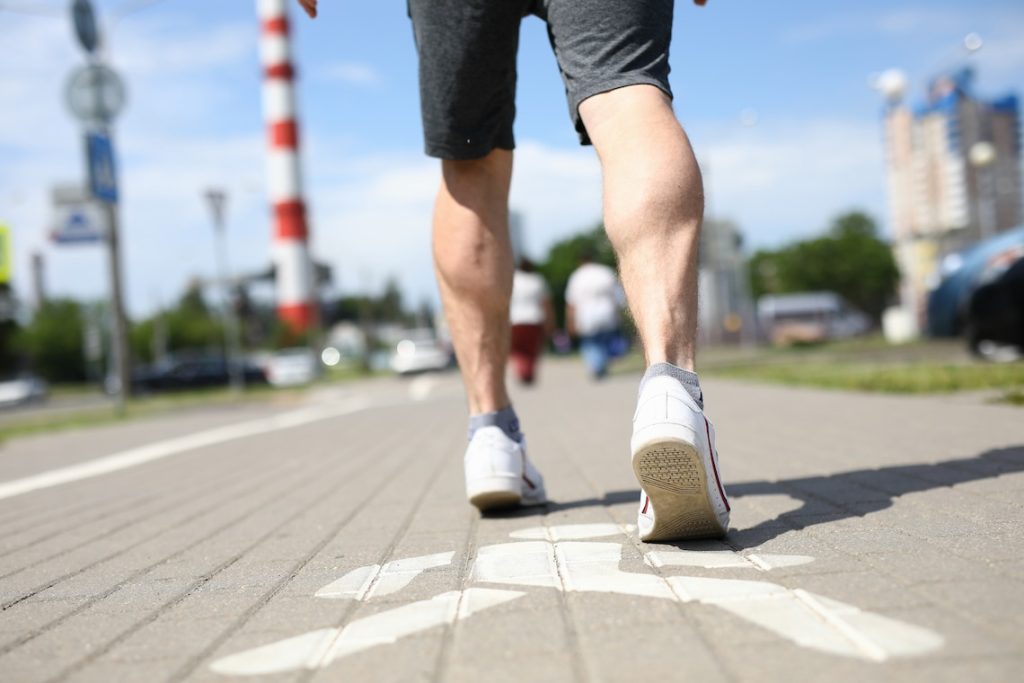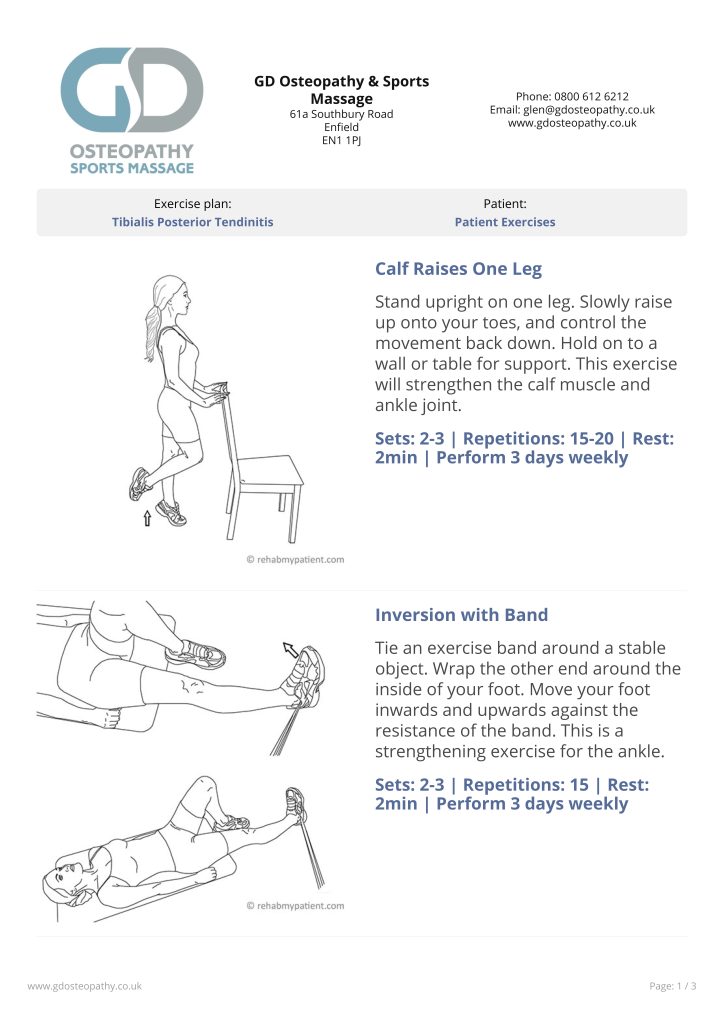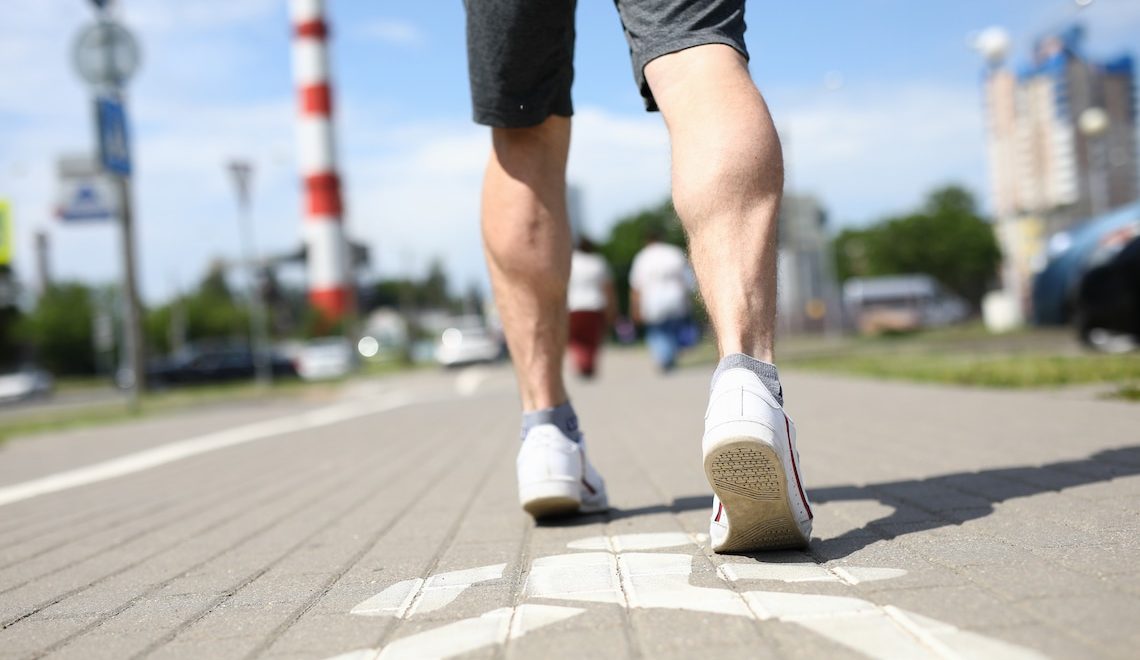The tibialis posterior is a muscle that sits underneath your calf. Its tendon wraps around the inside of your ankle and attaches under your foot. The muscle helps to push your foot downwards, inwards and helps to support your arch while walking or running.
What is Tibialis Posterior Tendinitis
Firstly a tendon is a structure that connects muscle to bone. So simply put tibialis posterior tendinitis or tendinopathy, is an injury or overuse to your tibialis posterior tendon.

Symptoms
The most common symptom you may experience is pain, usually around the inside of your lower leg, ankle and underneath your foot. You may also have tension around your lower leg and foot muscles and stiffness when moving your foot and ankle.
At first you may feel pain the morning after exercise or at the beginning and end of activities. But as the condition develops, it can progress to being painful throughout exercise or become constant. Other symptoms can include a flatter foot on your affected side and swelling around the tendon.
Causes
The causes of tibialis posterior tendinitis depend on your age group and activity levels. In more mature individuals, the tendon becomes less flexible and less able to cope with the stress that walking puts on it.
In younger or more active people, small tears can develop and if you carry on walking or running, the tears don’t heal and the tendon becomes weaker. Tibialis posterior tendinopathy is more likely to develop if you:
- increase how far and how fast you walk or run
- start exercising too quickly after a period of reduced activity
- change the shoes you wear, or wear the wrong type of shoes
- have stiff or weak calf muscles
- roll your feet inwards when you walk/run (overpronation)
- are overweight
Treatment
Recovery can take several weeks to several months, but there is plenty that you can do to help.
- Reduce the amount of running / walking you are doing.
- Place arch supports in your shoes or if you’re a runner, purchase a shoe with a “medial post”.
- Maintain a healthy bodyweight.
- Seek treatment from an osteopath or sports therapist.
- Perform rehabilitation exercises (see below).
FREE Home Exercise Plan
Download our FREE tibialis posterior tendinitis exercise plan by clicking the image below.


